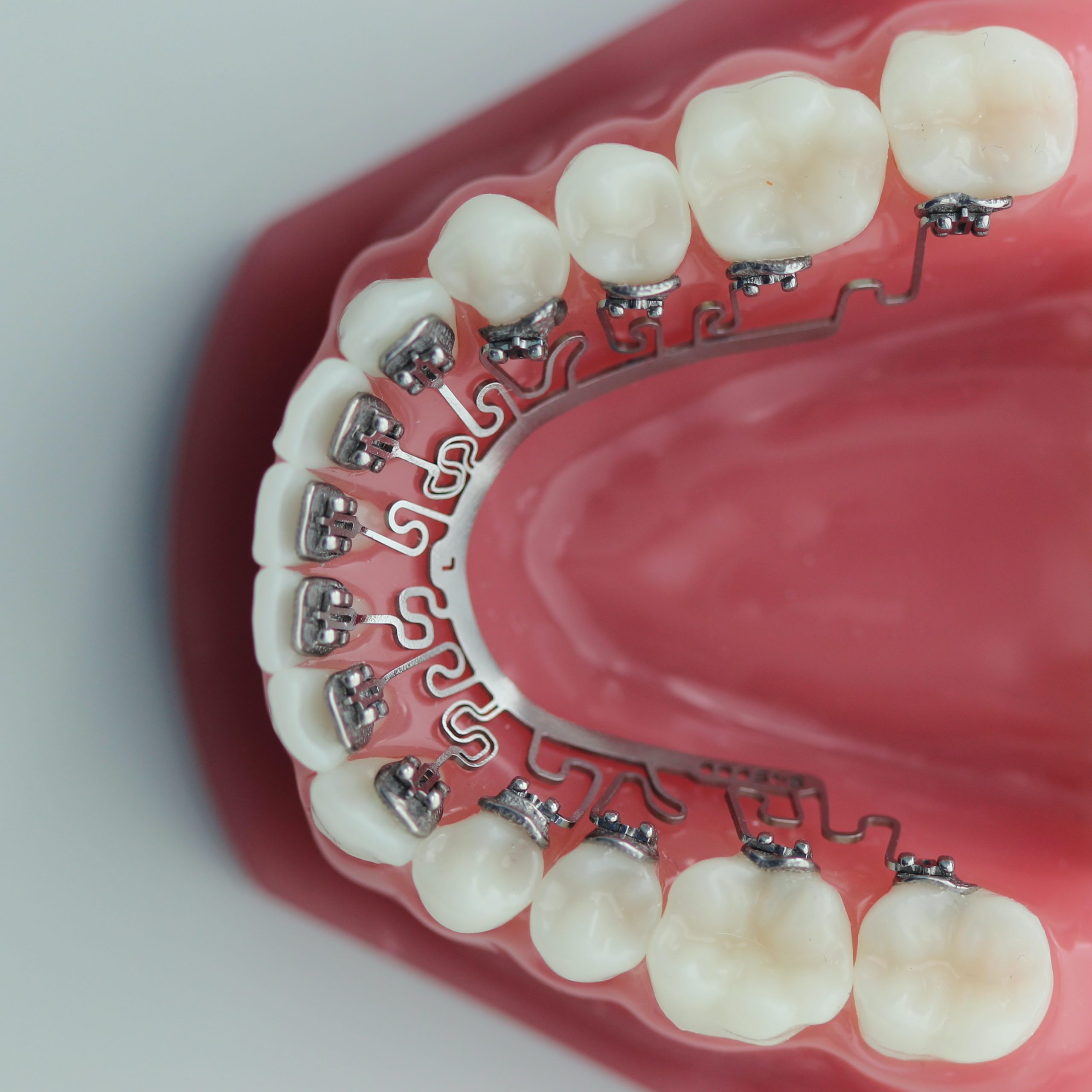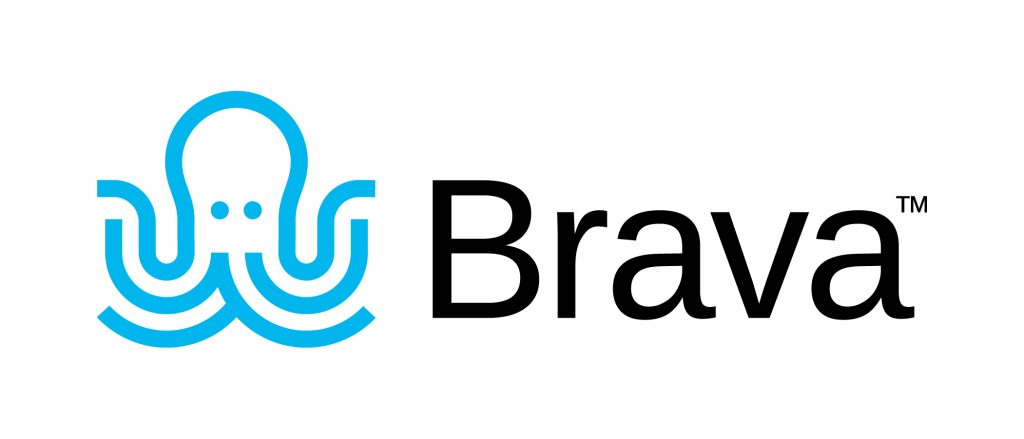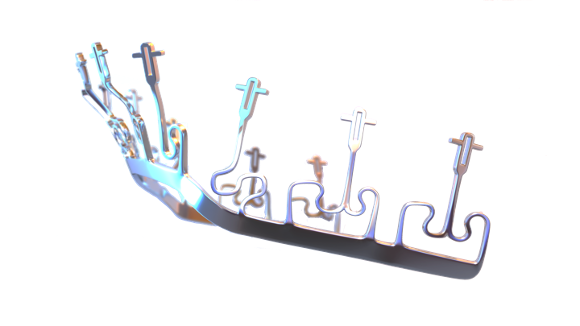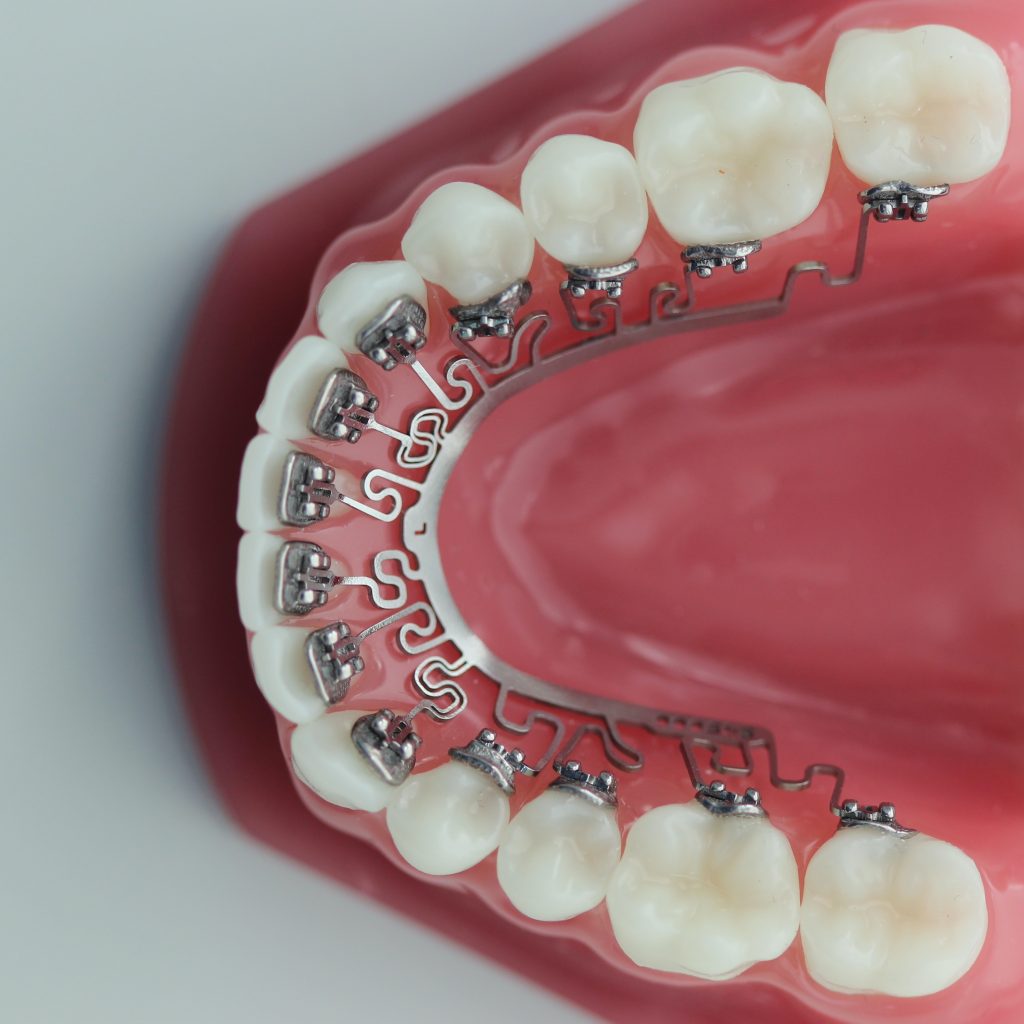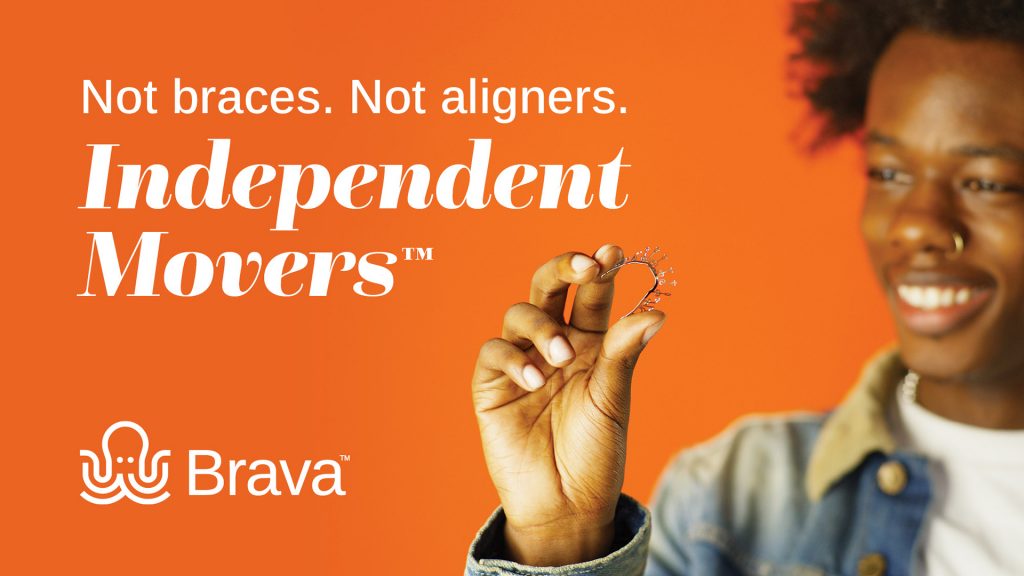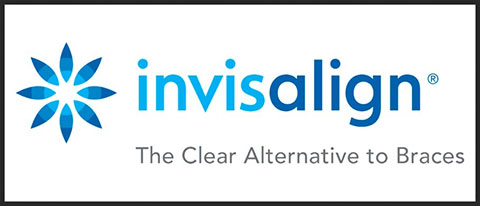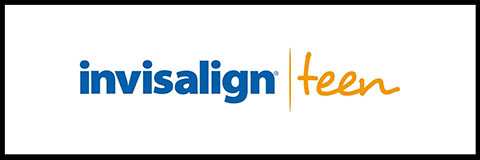Introducing Brava by Brius, a discreet and advanced orthodontic solution designed to correct dental misalignments while keeping your smile’s appearance virtually unchanged. Unlike traditional braces, which are attached to the front of your teeth, brava is placed on the inner surface of your teeth, hidden from view. And unlike clear aligners (e.g. Invisalign), studies have shown more accurate finishes.
This article will explore the key features, benefits, and considerations associated with this unique orthodontic option. Whether you’re a teenager looking for a discreet way to address dental issues or an adult seeking to enhance your smile without the conspicuousness of traditional braces, this overview will help you understand the expectations and potential advantages as you embark on your orthodontic journey.
What is Brava
Brava is an orthodontic appliance used to straighten and correct dental misalignments. What sets them apart from traditional braces is their discreet placement on the inner or lingual surface of the teeth, facing the tongue. This positioning makes them virtually invisible from the outside, providing a more aesthetically pleasing option for individuals who wish to undergo orthodontic treatment without the visible appearance of braces on the front of their teeth.
Brava is highly customised to fit the unique contours of your teeth and the specific needs of your orthodontic treatment plan. This customisation enhances their effectiveness and comfort. Brava is also more comfortable than traditional braces because there are no brackets and wires on the front of the teeth, reducing the risk of irritation to the lips and cheeks. While there may be a brief adjustment period (around two weeks, depending on the individual), most people adapt to speaking with Brava relatively quickly, and their speech typically returns to normal.
Brava uses Independent Mover™ technology to adjust each tooth separately and simultaneously. Once fixed, Brava’s shape memory NiTi arms exert consistent light pressure to shift each tooth directly to its ideal position. Complex Finite Element Analysis (FEA) custom-made each component to apply the perfect force and movement to each tooth. These AI and proprietary algorithms made Brava more precise and quicker than traditional braces and clear aligners.
The wire does not tie the teeth together, so the movement of one tooth does not affect the other. This results in perfect anchorage and accurate movement.
Advantages of Brava
The most apparent advantage of Brava has to be its aesthetics.
Since they are on the teeth’ reverse side (lingual surface), they are hidden from view when you smile, talk, or laugh. The discreet placement means that others will typically not notice you wearing braces, which can be a substantial confidence boost, especially for adults and professionals. Brava allows you to maintain a natural appearance while undergoing orthodontic treatment. Your smile remains unchanged from the front, which can be particularly important for individuals who prioritise aesthetics and want to avoid the noticeable appearance of traditional braces.
The invisibility can boost your confidence during treatment. You can smile, speak, and engage in social and professional situations without worrying about the visible presence of braces, which can positively impact your self-esteem and overall well-being. Brava offers the advantage of maintaining a mature and polished image for adults in professional settings. They can help you feel more at ease during meetings, presentations, and interactions with colleagues or clients. Therefore, Brava reduces the disruption to your daily life and appearance. You can continue your everyday routines and activities without paying attention to your orthodontic treatment.
Brava is customised to fit the individual’s teeth and orthodontic needs.
This personalised approach can enhance treatment comfort by tailoring the device according to the patient’s unique oral anatomy. Moreover, their positioning minimises the risk of soft tissue irritation, a common issue with traditional braces, as there are no brackets or wires on the front of the teeth to cause discomfort to the cheeks, lips, or tongue. Brava also tends to have a minor impact on speech, as the tongue can adapt to them more quickly than front-facing brackets. This ease of adaptation, coupled with their personalised customisation, ensures the patient’s experience is as comfortable as possible.
Additionally, maintaining oral hygiene is more straightforward with Brava, as patients can brush and floss their teeth without navigating around protruding hardware. Lastly, eating is more comfortable because Brava’s location on the inside of the teeth reduces interference with the lips and cheeks, allowing patients to eat better.
Brava can be used for people of various ages, from children to adults, and addresses multiple malocclusions.
These malocclusions include overcrowding, where there isn’t enough space for all the teeth to align correctly; spacing issues, where gaps exist between teeth; overbites, when the upper front teeth excessively overlap the lower ones; underbites, where the lower front teeth protrude beyond the upper ones; crossbites, when the upper and lower teeth do not come together correctly; and open bites, where some teeth don’t make contact when the jaws are closed.
Brava, fixed on the reverse side of the teeth, ensures constant treatment presence without patient intervention. This inherent permanence can be a significant compliance booster as patients must wear them, ensuring consistent progress. Moreover, orthodontists have direct control over the treatment, reviewing during appointments and reinforcing adherence to the treatment plan.
Brava vs. Traditional Braces and Clear Aligners
In contrast, while clear aligners are also discreet, they are removable. The flexibility in terms of eating and oral hygiene can pose a challenge, as patients are responsible for wearing them as prescribed, which might result in deviations. Therefore, Brava’s fixed nature and professional oversight enhance patient compliance by minimising the potential for lapses, while clear aligners rely more on patient diligence to follow the recommended treatment regimen.
Additionally, Brava works more efficiently than braces because Brava applies light, continuous pressure around the clock, efficiently moving each tooth independently without impacting other teeth. A lack of central wire removes the need for constant adjusting, implying fewer appointments. These factors allow Brava to spend less time than braces to straighten your teeth and create that perfect smile.
What to expect when you are starting on your Brava journey
1. Consultation visit (standard records)
Before starting treatment, you must book a consultation with the orthodontist. Then, the orthodontist will take records such as x-rays (orthopantomogram and lateral cephalogram) and teeth study model to develop a treatment plan for you.
2. Treatment plan (+ 3D x-ray if they decide to start)
The treatment plan discussion is the best time to clarify any questions regarding your orthodontic treatment with the orthodontist. If you decide to embark on your Brava journey, the orthodontist will take an additional 3D x-ray.
3. Manufacturing your customised Brava
Brava will use its unique algorithms to tailor the movement of your teeth to their ideal position.
Brava is made in the U.S. using Nickel Titanium (NiTi), widely used in medical science. This material has superelasticity and shape memory, allowing your Brava to be programmed to move your teeth very accurately. Fun fact: NiTi was initially developed for NASA!
4. Fixing Brava device onto the teeth
Your orthodontist will bond your Brava onto the back of your teeth. Independent Movers™ begin to work behind the scenes to shift your teeth into their ideal positions.
5. Review visits
Many patients do not need further adjustments due to the lack of wire. Patients only need to return for regular reviews to ensure everything is in place. However, if anything breaks or becomes loose, call or WhatsApp to make an appointment with your orthodontist as soon as possible.
6. Straight teeth!
Now that your teeth are straight, your orthodontist will remove Brava from your teeth.
You will then wear retainers to keep the teeth in their position. Retainers are to be worn all the time for six months, then only at night. This regime will prevent the teeth from shifting.
Conclusion
In conclusion, Brava offers a discreet and effective solution for individuals seeking orthodontic treatment without the aesthetic concerns associated with traditional braces or patients’ compliance issues posed by clear aligners. By placing the device on the inner surface of the teeth, they remain hidden from view while Independent Movers™ work diligently to correct various malocclusions.
While Brava may require an adjustment period due to their placement, they provide a viable option for those who prioritise their smile’s aesthetics and functionality during their orthodontic journey. However, it’s essential to consult with an orthodontist to determine if Brava is the right choice for your specific dental needs. With the proper guidance and care, Brava can discreetly and confidently help you achieve the straight, healthy smile you desire.

